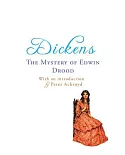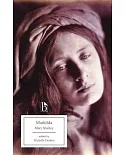The book was first published in 1899. The story of Husain and Zammarrud fallen in the grip of the Assassins take us back to the last days of Hasan Bin Sabah's merciless followers, at the end of
which the sect's stronghold, the famous fort of Alamoot, was destroyed by the even more merciless Mongol hordes. Sharar writes famously in the style of a Walter Scott novel, the novel itself
being a new literary form in his day. But there are shades of an earlier indigenous genre - the Dastaan - in his work. Yet although he tells a gripping tale, part Scott and part Dastaan, he is
not unaware of character. Husain may be credulous, and smitten silly by his love for Zammarrud, but he can still ask Shaikh Vujoodi intelligent questions which the Shaikh can only parry by the
display of great wrath and superhuman knowledge. Husain's credulity in accepting his answers immediately has a lot to do with his fear that he would not be allowed to visit his beloved in
'Paradise.' There is a definite modern streak in Sharar's work. His treatment of Zamarrud is different from the usual portrayal of female characters in his day. Zamarrud has a mind of her own.
She is observant and intelligent and capable of rebuffing her lover when he sounds credulous and foolish. No old fashioned perceptions of female 'duty' or the superior status of men holds her
back from realizing that she is more clear-headed than Husain. She is moreover not mild of manner or adulatory of her man, as the prototypes of female perfection tend to be in Urdu literature
of the day. Yet non of this detracts from her femininity, as she runs around 'like a delicate, fleet-footed doe' but fully determined to have her way. Much has been written about the Assassins
in English and other languages. Sharar's novel has its own charm, and given a chance it should become a very popular book. Translated into Tajik, Sharar's works have quite a lot of readers in
Tajikistan, where they are also the subject of a Ph.D. dissertation by Vladimir Lanikin.





















